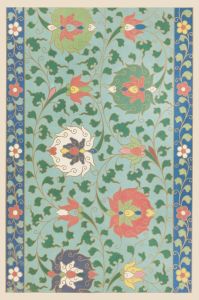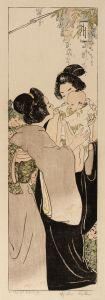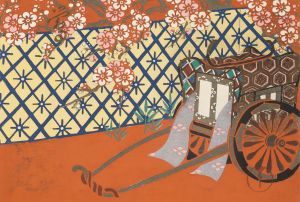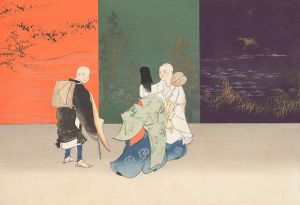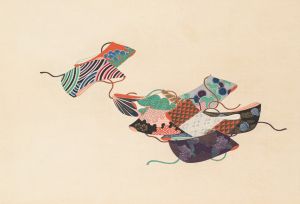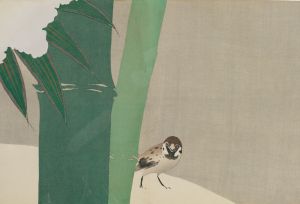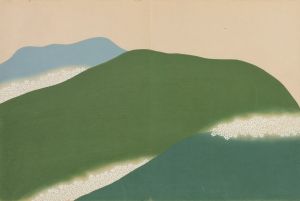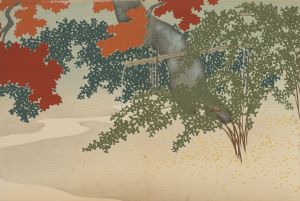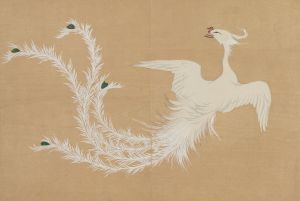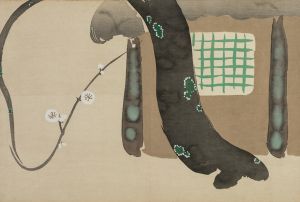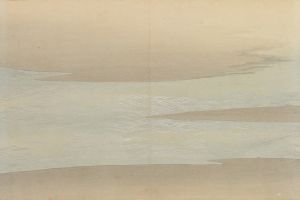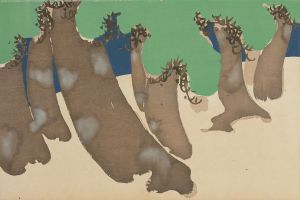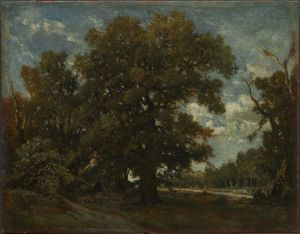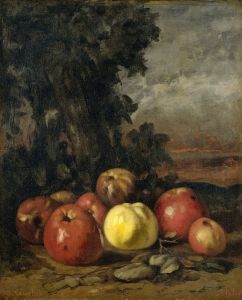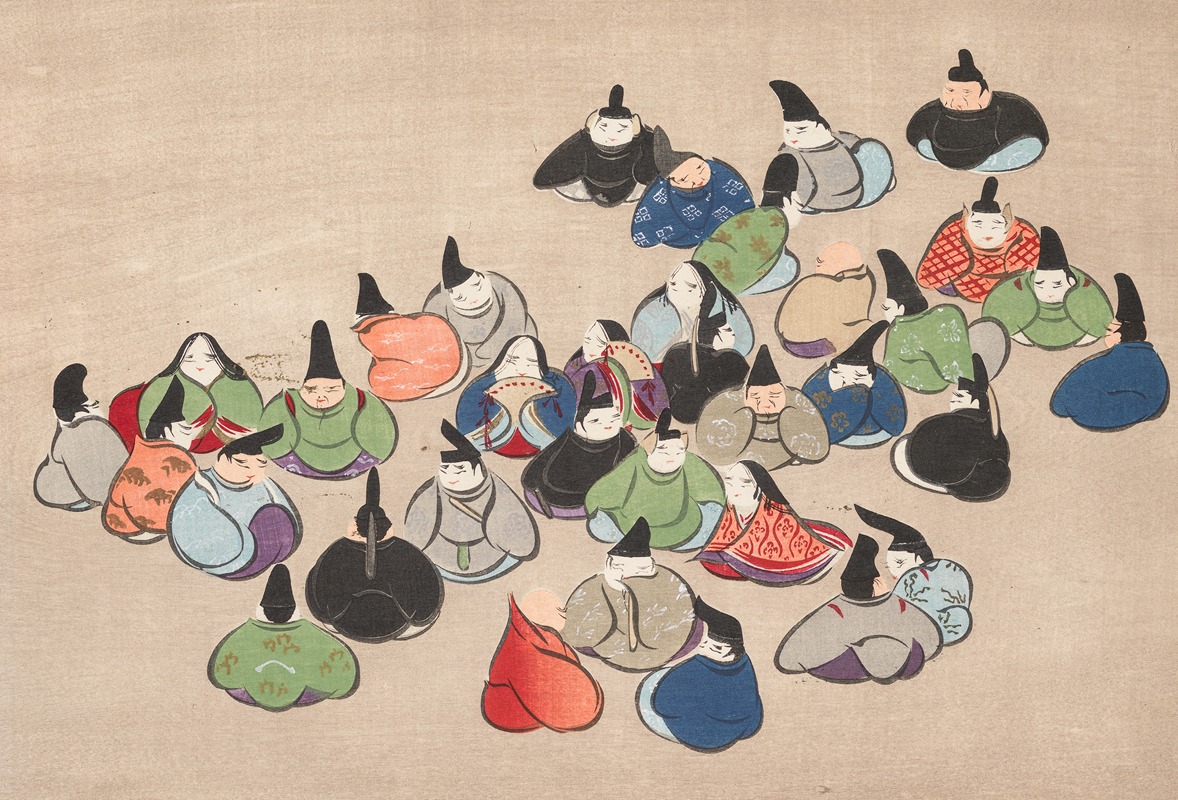
A Thousand Grasses Pl.30
A hand-painted replica of Kamisaka Sekka’s masterpiece A Thousand Grasses Pl.30, meticulously crafted by professional artists to capture the true essence of the original. Each piece is created with museum-quality canvas and rare mineral pigments, carefully painted by experienced artists with delicate brushstrokes and rich, layered colors to perfectly recreate the texture of the original artwork. Unlike machine-printed reproductions, this hand-painted version brings the painting to life, infused with the artist’s emotions and skill in every stroke. Whether for personal collection or home decoration, it instantly elevates the artistic atmosphere of any space.
Kamisaka Sekka (1866–1942) was a prominent Japanese artist and designer, widely regarded as one of the most influential figures in the Rinpa school of art during the late Meiji and early Taisho periods. His works are celebrated for their innovative fusion of traditional Japanese aesthetics with modern design principles. Among his notable contributions is the series A Thousand Grasses (Chigusa), a collection of woodblock prints that exemplifies his mastery of the Rinpa style and his ability to reinterpret classical themes for a contemporary audience.
Plate 30 (Pl.30) from A Thousand Grasses is one of the individual prints in this series. Like the other works in the collection, it reflects Sekka's characteristic use of bold, simplified forms, vibrant colors, and a keen attention to composition. The A Thousand Grasses series was created as a set of kacho-e (bird-and-flower pictures), a genre of Japanese art that traditionally focuses on the beauty of nature. Sekka's interpretation of this genre, however, is distinct in its modern sensibility and stylized approach.
The A Thousand Grasses series was produced using the traditional Japanese woodblock printing technique, a collaborative process involving the artist, carvers, and printers. Sekka's designs were translated into prints by skilled artisans, ensuring that the final works retained the precision and elegance of his original vision. This collaborative method was a hallmark of Japanese printmaking and contributed to the high quality of the finished pieces.
Sekka's work in A Thousand Grasses demonstrates his ability to blend traditional Japanese motifs with influences from Western art and design, which were becoming increasingly prominent in Japan during his lifetime. This synthesis of styles is evident in the abstracted forms and dynamic compositions found in the series. Plate 30, like other prints in the collection, captures the essence of nature while presenting it in a way that feels both timeless and modern.
The A Thousand Grasses series was part of a broader effort by Sekka to revitalize traditional Japanese art forms during a period of rapid modernization and cultural change in Japan. His work has since been recognized as a significant contribution to the preservation and evolution of Japanese artistic heritage. Today, prints from the series, including Plate 30, are held in museum collections and are appreciated for their aesthetic beauty and historical importance.
Further specific details about the imagery or symbolism in Plate 30 itself are not readily available, as much of the scholarship on Sekka's work focuses on the series as a whole rather than individual plates. However, the series remains a testament to Kamisaka Sekka's artistic vision and his role in bridging traditional and modern art in Japan.





